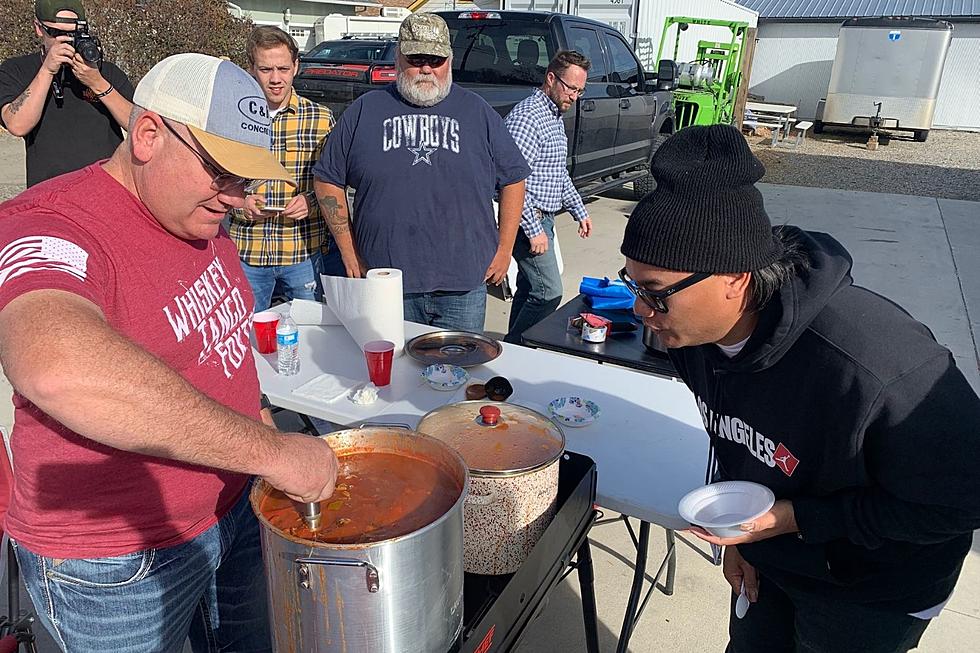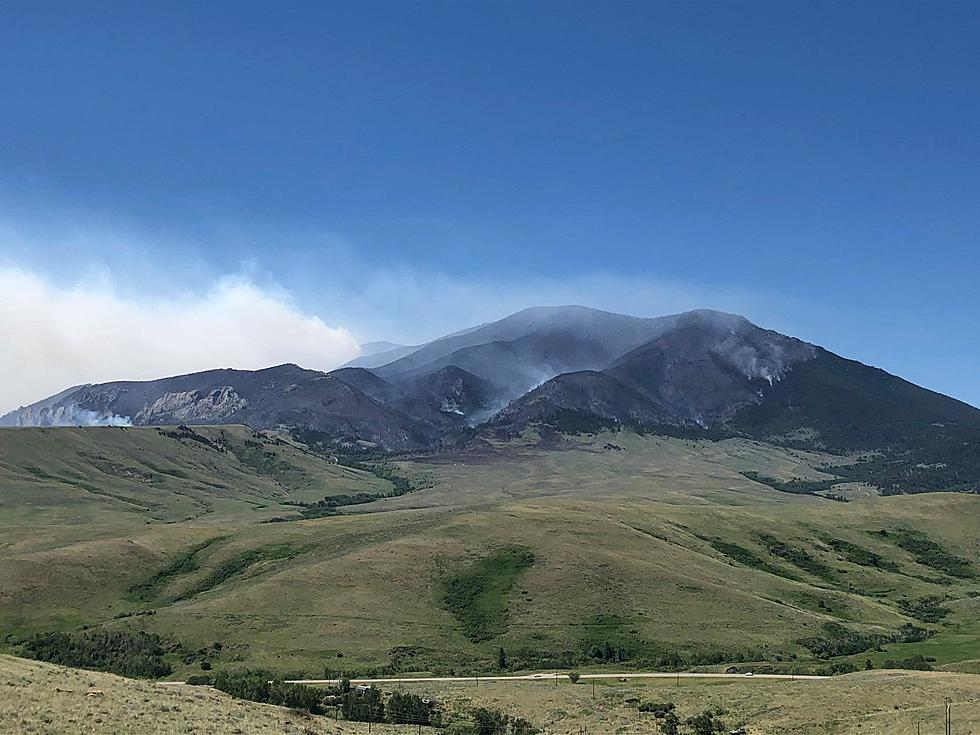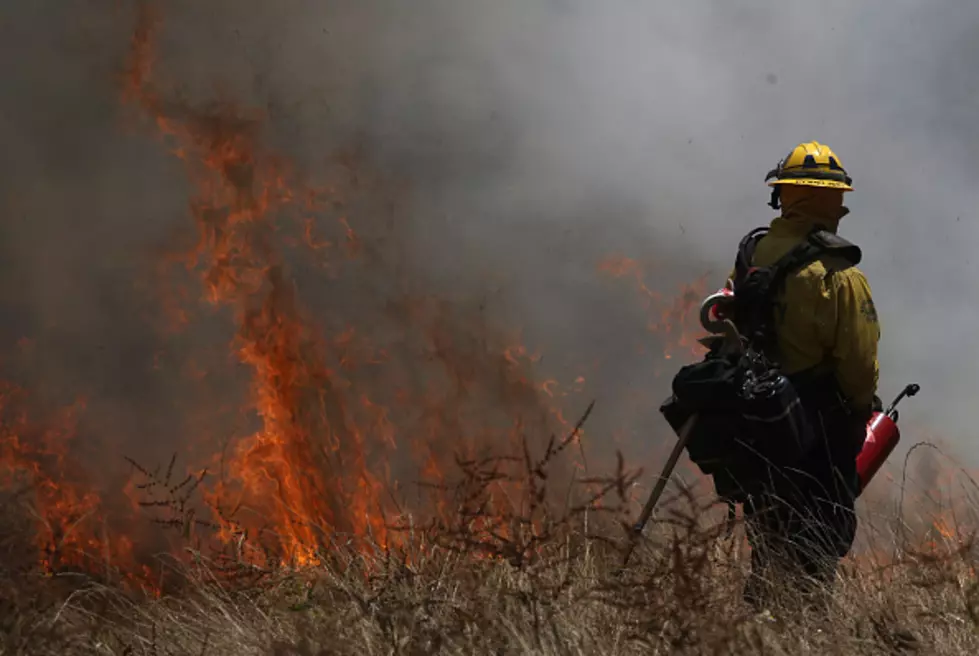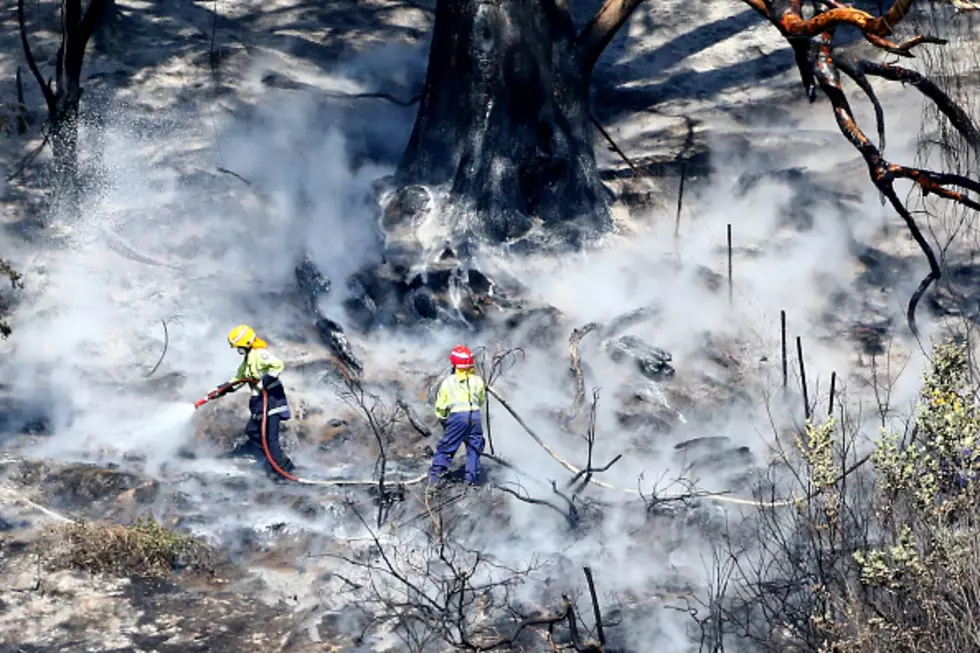![Interagency Fire Center in Missoula Answers Questions From National Press About Arizona Wildfire Disaster [AUDIO]](http://townsquare.media/site/119/files/2013/07/Arizona-wildfire.jpg?w=980&q=75)
Interagency Fire Center in Missoula Answers Questions From National Press About Arizona Wildfire Disaster [AUDIO]
19 hotshot firefighters lost their lives on Sunday after being trapped in a raging wildfire near Yarnell, Arizona, located northwest of Phoenix. The crew was caught as the fire quickly changed direction and they were forced to deploy their portable fire shelters, but perished in the flames.
Monday, the questions began as to the efficacy of the fire shelters which were developed originally in the 1950's and then improved with new state of the art materials in 2003 at the Fire Science Labs here in Missoula. The shelters resemble sleeping bags made of high-tech materials that a firefighter will wrap himself in as a fire passes over. Officials refused to answer any specific questions regarding the tragedy on Sunday, because so little was yet known about what really happened.
Tony Petrilli is the equipment specialist for the Missoula Technology Development Center in Missoula.He discussed the history and design on the shelters with journalists from Time, CNN, the National Geographic, as well as local reporters.
"It started back in the late 50's, there were some firefighter fatalities at that time," Petrilli said. "The first fire shelter was actually deployed sometime in 1963 or 1964. Then, there was a redesign project in the early 2000's when there was a worldwide search for new and different materials. The old-style shelter was fiberglass laminated to aluminum foil, and it worked very, very well, saving more than 300 lives. In the search for new materials, that's when we came up with this silica cloth, and we wanted to be sure that there was nothing toxic about the shelter itself that might bring harm to a firefighter."
As effective as the fire shelters can be, Petrilli said there are some conditions in which they simply cannot save a life.
"The fire shelter reaches its protective limits when exposed to convective heat, that's when the shelter is most challenged," Petrilli said. "If you're in an area of high flame contact and high temperatures for a long duration, that's where it's most challenged. The shelter has the best chance of protection in an environment of radiant heat."
The firefighters are trained to choose what are called safety zones where they can deploy their fire shelters for maximum safety, but in this case, they were unable to establish such an area.
The Arizona wildfire that took those 19 lives was still zero percent contained as of Monday, and the extreme heat with temperatures exceeding 115 degrees continued to complicate firefighting efforts.
Tony Petrilli with the Missoula Technology Development Center
More From KBUL NEWS TALK 970 AM & 103.3 FM









